Hells Angels: A Critical Analysis
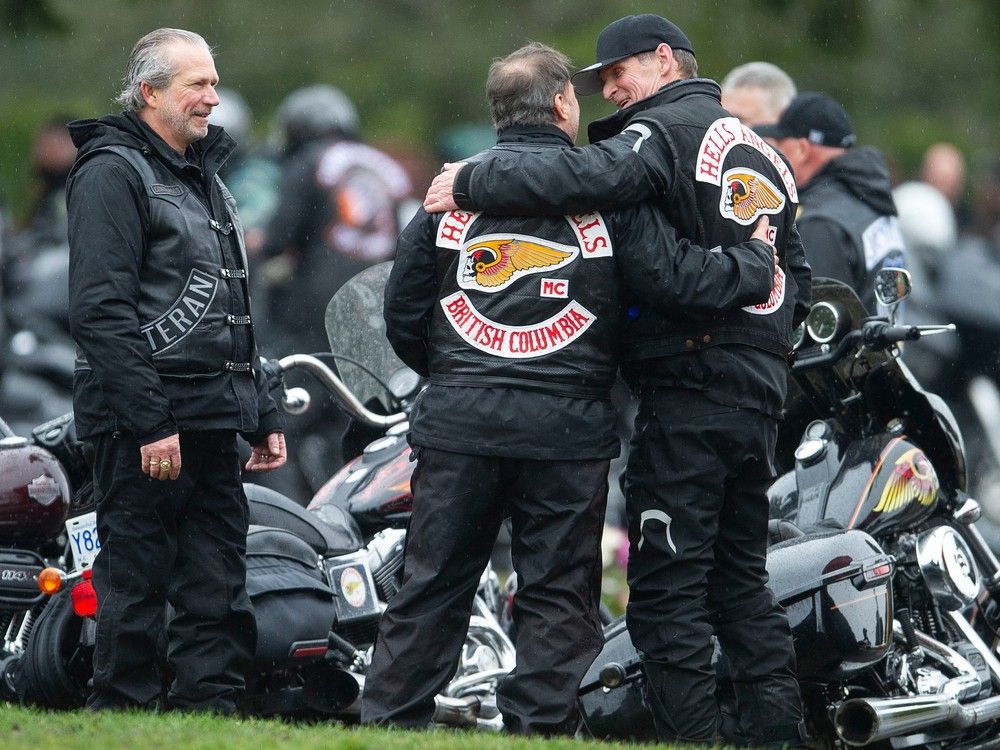
Table of Contents
The Hells Angels Motorcycle Club (HAMC). The name alone conjures images of leather-clad rebels, roaring engines, and a history shrouded in both myth and menace. But beyond the iconic imagery and the aura of mystery lies a complex organization with a long and controversial history. This article aims to provide a critical analysis of the Hells Angels, examining their evolution, structure, alleged criminal activities, and their impact on society.
<h2>The History and Evolution of the Hells Angels</h2>
The Hells Angels' origins trace back to post-World War II California, a time of social upheaval and a burgeoning counter-culture. Founded in 1948 in Fontana, California, the club initially comprised veterans seeking camaraderie and a sense of belonging. However, the early years of the Hells Angels were marked by a growing embrace of outlaw biker culture, characterized by a rebellious spirit and disregard for conventional norms. The club's early history saw the development of a distinct club culture, with specific rituals, symbols, and a strong emphasis on brotherhood. This early culture laid the groundwork for their subsequent expansion and notoriety.
The club’s expansion wasn't always peaceful. Key milestones in their growth involved significant territorial disputes and violent clashes with rival motorcycle clubs. The Hells Angels' expansion from their California roots to a global presence wasn't simply organic growth; it was a process marked by strategic planning, aggressive expansion, and violent conflicts to secure territory and dominance.
- Founding in 1948 in Fontana, California. This marked the beginning of a long and complex history.
- Early years and the development of club culture. The initial ethos profoundly shaped the club's identity and trajectory.
- Key milestones in the club's growth and geographical expansion. Expansion involved both internal growth and the absorption or violent subjugation of other clubs.
- Significant conflicts with rival motorcycle clubs and law enforcement. These conflicts shaped the Hells Angels' image and their operational strategies.
<h2>The Structure and Organization of the Hells Angels</h2>
The Hells Angels boast a rigidly hierarchical structure, operating across numerous chapters globally. Understanding their organization is crucial to understanding their power and reach. This structure is far from decentralized; it's a carefully constructed pyramid with a clear chain of command. The "1%" philosophy, adopted in response to the American Motorcycle Association's condemnation of outlaw motorcycle gangs, cemented their identity as rebels outside mainstream society.
Each chapter, while possessing a degree of autonomy, operates within the overarching framework dictated by the higher echelons of the organization. The role of the leadership council, often referred to as the "Mother Chapter," is to coordinate activities and resolve disputes across various chapters.
- The "1%" philosophy and its significance. This declared separation from mainstream society solidified the club's identity and fueled their rebellious image.
- Chapter organization and autonomy. Individual chapters operate with some independence, but answer to the higher echelons of the club.
- The role of the leadership council or "Mother Chapter." This central body ensures coordination and control across the global network.
- Membership requirements and initiation processes. Becoming a full-patch member is a rigorous and sometimes violent process.
<h2>Criminal Activities and Allegations Associated with the Hells Angels</h2>
The Hells Angels have a long and well-documented history of involvement in various criminal activities. Numerous investigations and legal cases have linked the club to extensive drug trafficking, including methamphetamine and cocaine distribution. Money laundering schemes and financial crimes are also central to their operations.
The use of violence – including assaults, murders, and intimidation – is frequently employed to maintain control and silence dissenters. Racketeering and extortion are common tactics used to secure illicit profits and exert power over territories. These activities have made the HAMC a target of extensive law enforcement investigations worldwide.
- Involvement in drug trafficking (e.g., methamphetamine, cocaine). Drug trafficking forms a significant part of their financial operations.
- Money laundering schemes and financial crimes. The club employs sophisticated methods to conceal the proceeds of their illegal activities.
- Acts of violence, including assaults, murders, and intimidation. Violence is frequently used to control territories and eliminate rivals.
- Racketeering and extortion. These acts are used to extract money and maintain control.
<h2>The Social Impact and Public Perception of the Hells Angels</h2>
The Hells Angels' public image is a complex tapestry woven from romanticized portrayals in popular culture and the grim reality of their criminal activities. The media often plays a significant role in shaping public perception, frequently emphasizing the club's violent aspects and criminal history. This negative media coverage contributes to the widespread negative stereotypes associated with the group. The Hells Angels have attempted to manage their public image through controlled media appearances and carefully crafted narratives, but the reality of their activities continues to overshadow their attempts.
The Hells Angels represent a fascinating and disturbing intersection of counter-culture ideals and organized crime. The debate surrounding their existence often revolves around the conflict between freedom of association and the need to protect public safety.
- The romanticized image in popular culture versus the reality. The perception of the Hells Angels is often at odds with the facts of their criminal activities.
- The impact of negative media coverage on public opinion. Media portrayal significantly shapes how the public perceives the club.
- The Hells Angels' attempts to control their public image. The club actively tries to manage its image, but often to little success.
- The debate surrounding the freedom of association versus public safety. This ongoing discussion highlights the complex ethical and legal issues surrounding the club.
<h2>Conclusion: A Critical Assessment of the Hells Angels</h2>
The Hells Angels Motorcycle Club represents a complex and multifaceted organization. Their history is marked by both rebellion and criminality, their structure is rigidly hierarchical, and their activities have had significant negative impacts on society. While elements of their culture might resonate with a certain romanticism, it's crucial to acknowledge the serious criminal allegations and convictions that have consistently plagued the club throughout its history. Understanding the Hells Angels requires a nuanced approach that considers both the romanticized image and the often-violent reality.
Continue your exploration of the Hells Angels and their complex history, and contribute to a more informed understanding of this controversial motorcycle club. Further research into the Hells Angels, using reliable and verifiable sources, is crucial for a deeper comprehension of their impact on society and the world of outlaw motorcycle gangs.

Featured Posts
-
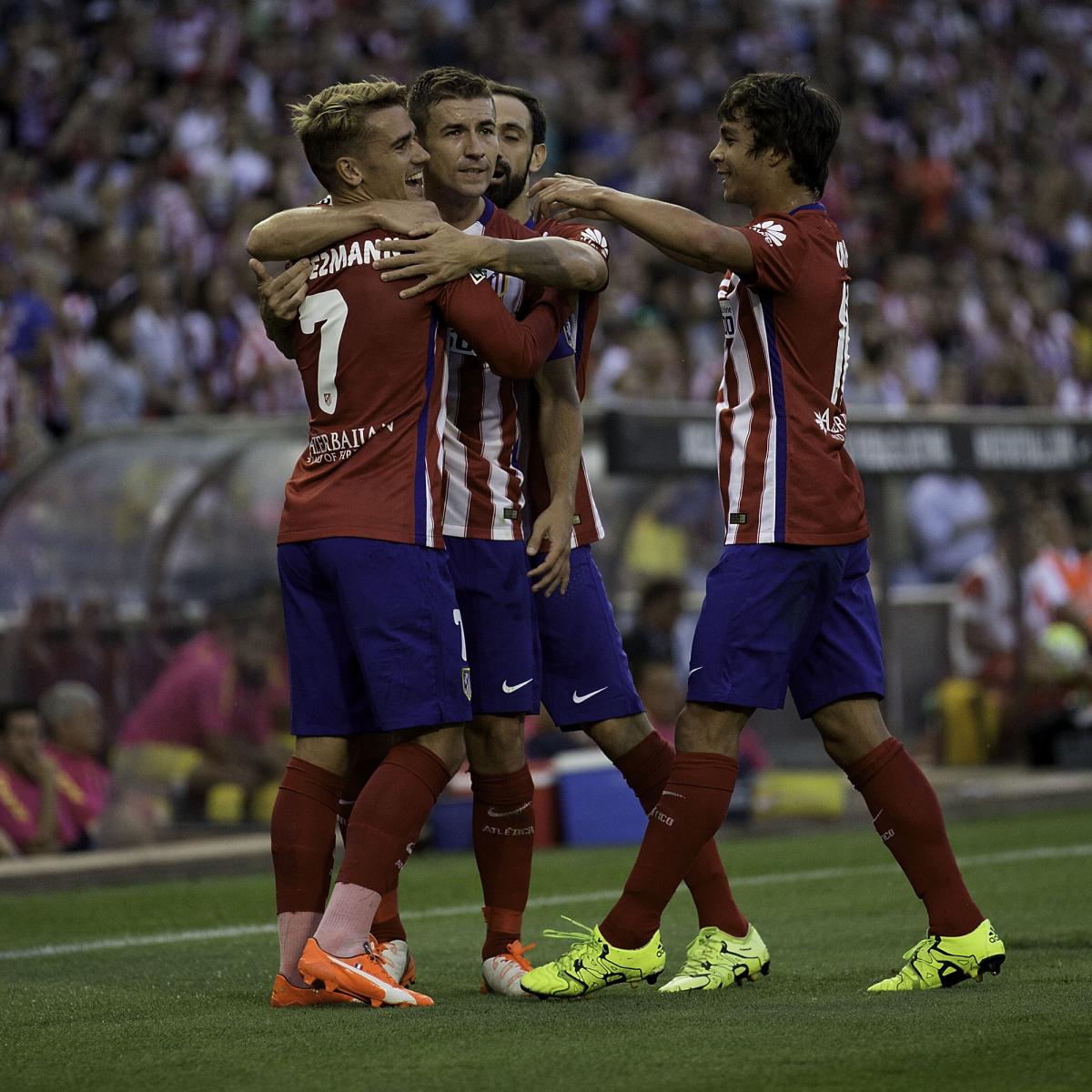 Atletico Madrid In 3 Maclik Kurakliginin Sonu
May 26, 2025
Atletico Madrid In 3 Maclik Kurakliginin Sonu
May 26, 2025 -
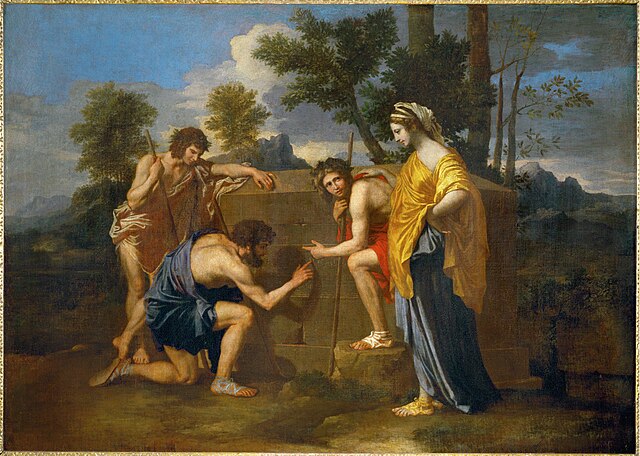 Ardisson Vs Baffie Une Querelle De Machos
May 26, 2025
Ardisson Vs Baffie Une Querelle De Machos
May 26, 2025 -
 This Seasons Style Inspiration Forget Football Its All About F1
May 26, 2025
This Seasons Style Inspiration Forget Football Its All About F1
May 26, 2025 -
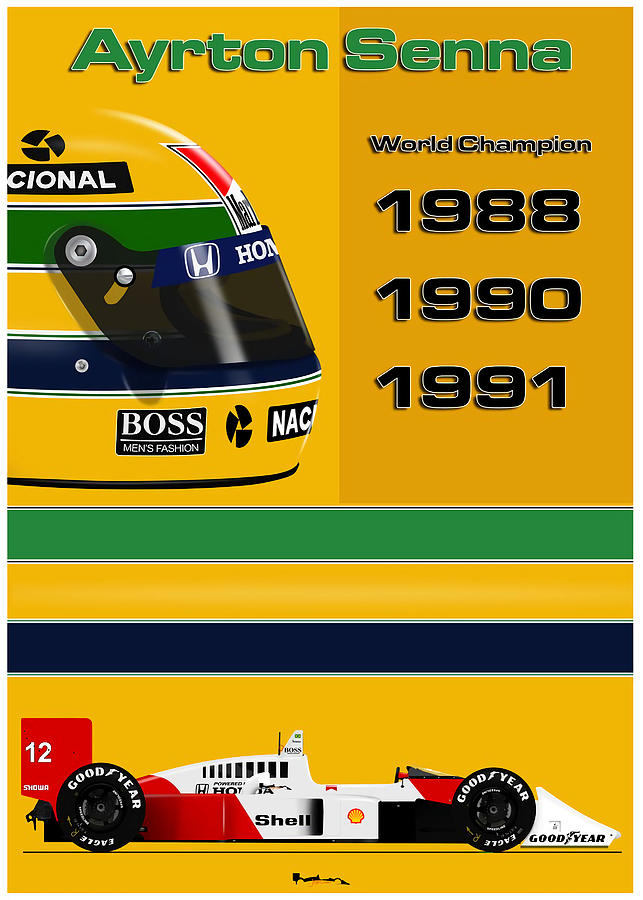 Goiania Dan Sirkuit Ayrton Senna Moto Gp Kembali Ke Tanah Brasil
May 26, 2025
Goiania Dan Sirkuit Ayrton Senna Moto Gp Kembali Ke Tanah Brasil
May 26, 2025 -
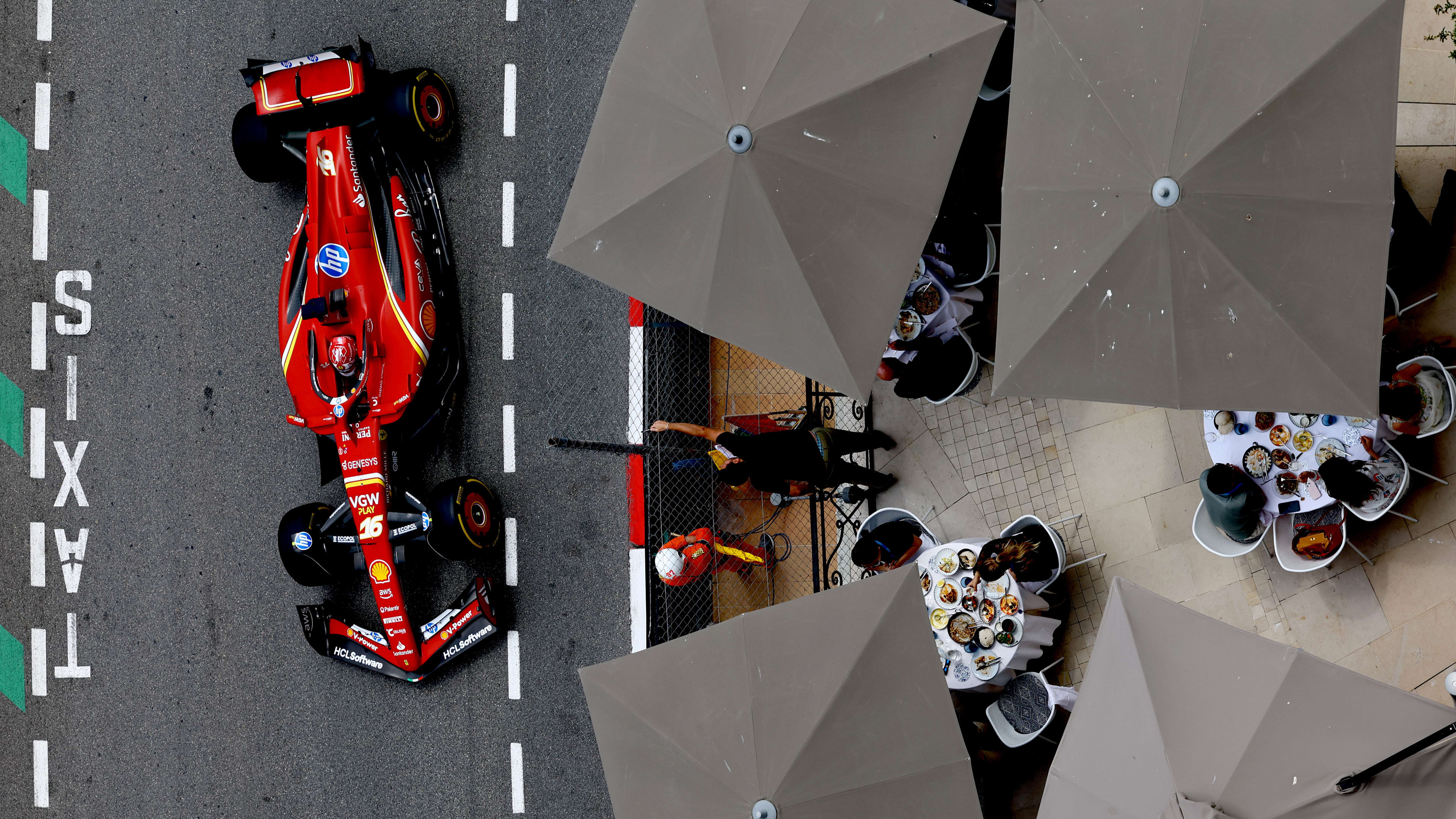 Monaco Gp Fp 1 Leclerc Leads Verstappen In Pursuit
May 26, 2025
Monaco Gp Fp 1 Leclerc Leads Verstappen In Pursuit
May 26, 2025
